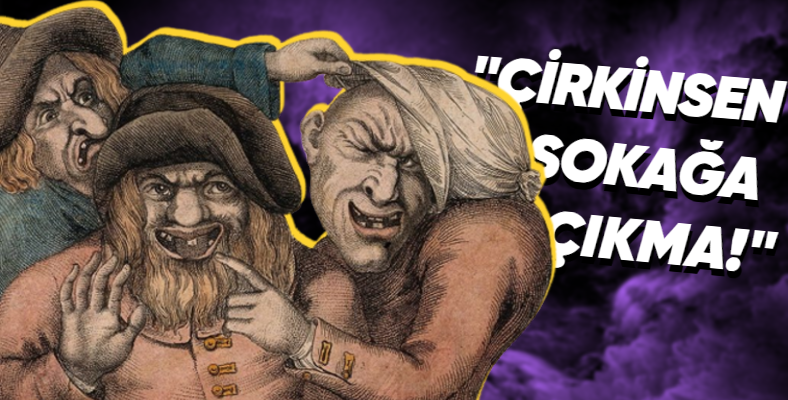If you lived in the United States in the late 1800s and were “ugly”, you could be fined for this. When you think about it, such a thing sounds unbelievable, but indeed, there was even a law!
Regulations in the United States, by their definition, “sick, mutilated, ugly or grossly deformed” did not allow persons to appear in public places.
These “ugly laws” were as real as the American Civil War, and in fact, the war had just begun when it was knocking on the country’s door. As if everything was normal at that time, described as ugly they were in trouble with people.
The reason that the lawmakers took shelter behind was to end begging.
It wasn’t just pimples or minor imperfections. In addition to targeting people who do not conform to society’s beauty norms, including social classes and economic situations, contained strict definitions of ugliness.
In 1867, one of the first statutes of ugly law was passed in San Francisco. According to them, the purpose is; ban begging on the street and to prevent certain people from appearing on the streets and in public places.
If you contained the described ugliness and went out into the street, you could face a fine.
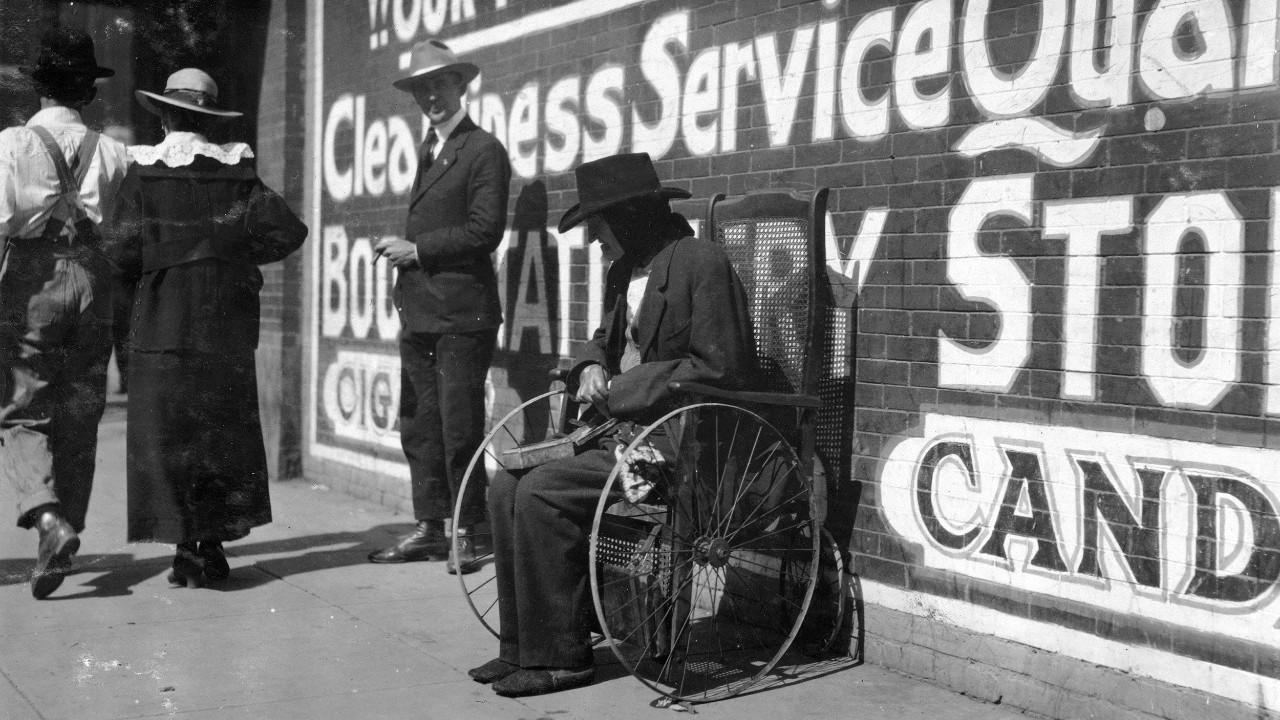
The ugly law; according to their definition, “any sick, injured, or in any way ugly or hideously deformed” fined any person for appearing in public. These laws specifically targeted the poor and disabled.
Exceptions to public appearances are only if people with disabilities are separated from other people and to show their need for breeding it was acceptable when they were a kind of spectacle object.
His outrageous laws were well received by the public.
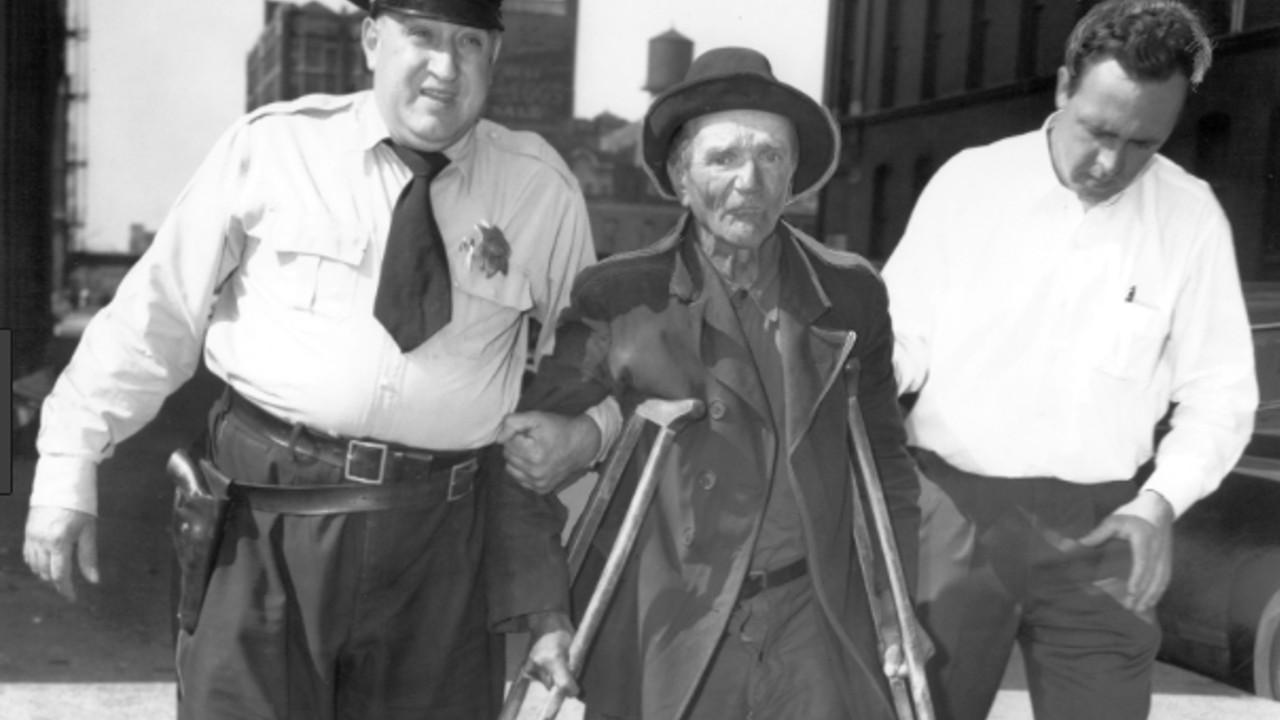
In an article in the Chicago Tribune, one of the newspapers of the period, the removal of ugly beggars from the streets, public interest was described as. Everyone but the “ugly” seemed content with their lives.
Noone, compelled to beg on the street He was not interested in the conditions, only other rights of those people were taken away. As long as they weren’t around, it was as if everything was perfect.
The invisible side of the law kept the gap between the rich and the poor growing wider.
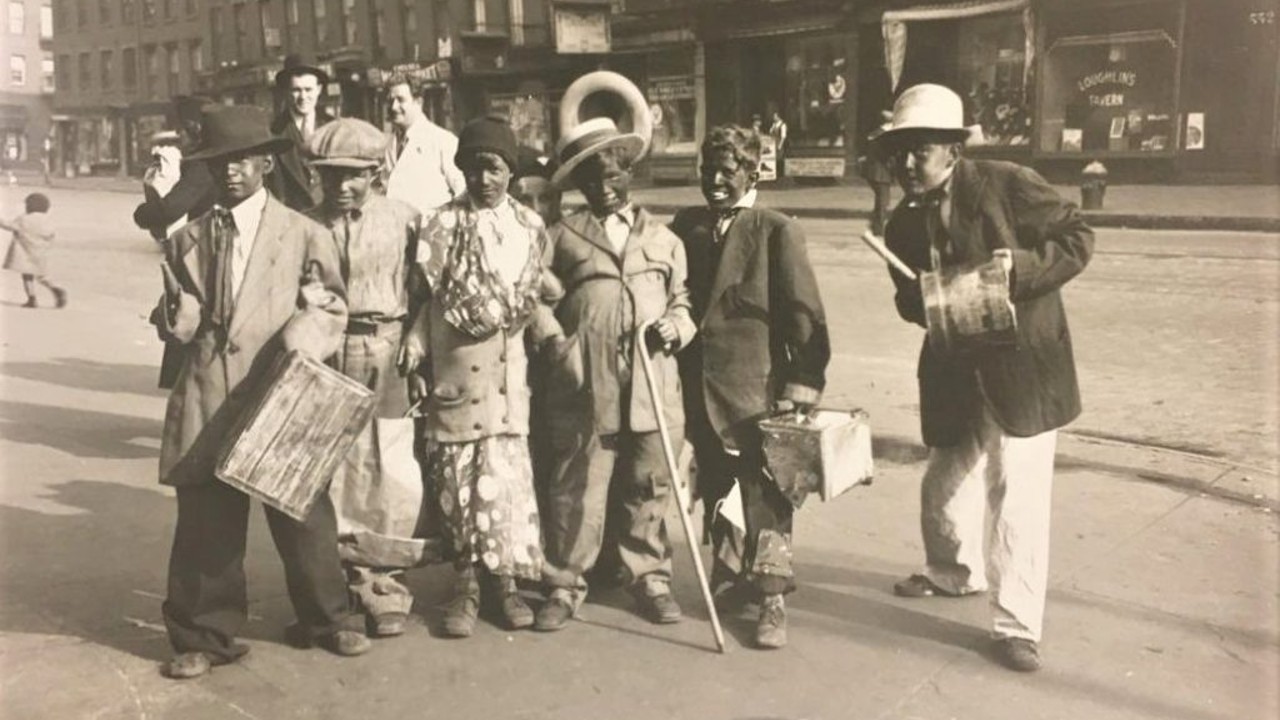
This included job bans as well as social discrimination against various physically deformed groups of people. The law is not a comprehensive law against the so-called ugly, only those who cannot financially support It seemed that he was against it.
This sweeping of economically backward disabled people became the most dangerous infrastructure of these decrees. Rich and poor, accepted and not Thus, the gap between them began to widen. While contemporary artists had a place in society, the unemployed were pushed even further.
After the war, many people returned in appearances described as “ugly”.
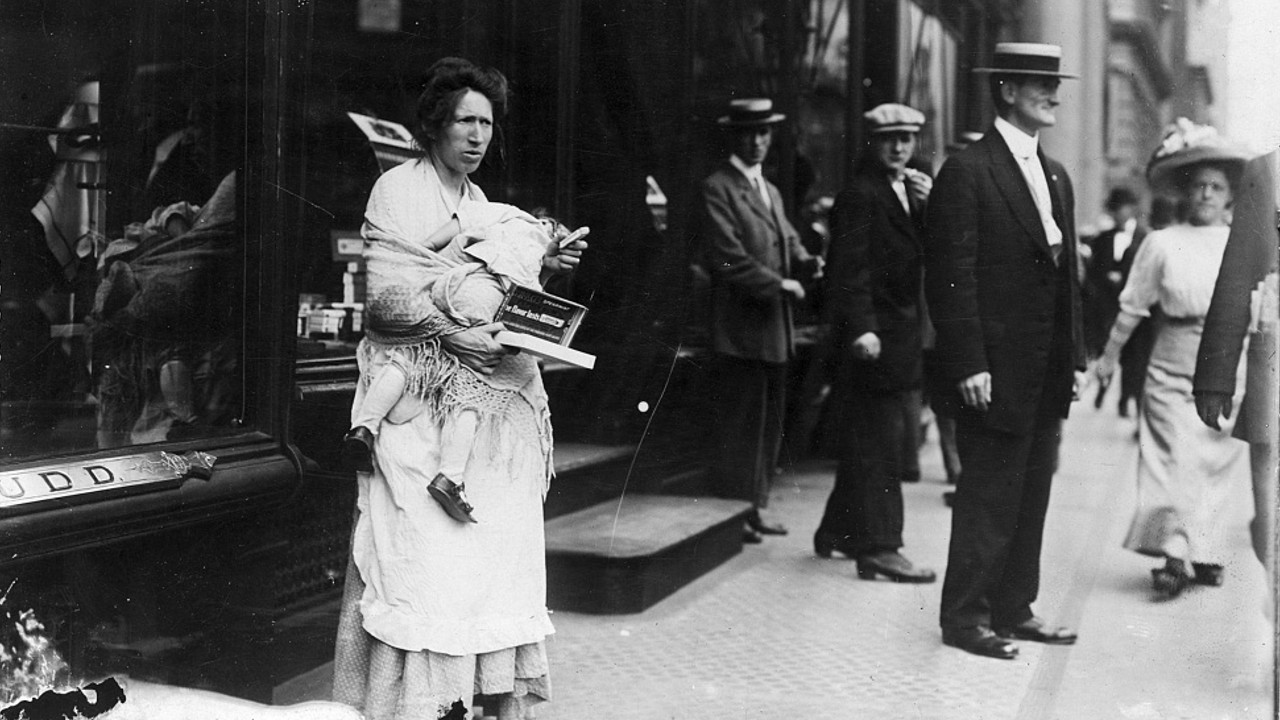
At the end of the First World War, sensitivities began to be triggered. soldiers; deaf, blind, or missing a limb As they returned, people began to accept the disabled.
In 1974, the law was repealed, and in 1975 these laws were called “ugly laws” because of both their subject matter and their dire effects. Over time, people with disabilities were gradually offered more opportunities. “Americans with Disabilities Act” accepted.
RELATED NEWS
The Frightening Psychological Discomfort of People Who See themselves as a Monster in the Mirror
RELATED NEWS
Why Congenital Blind People Can Never Be Schizophrenic
RELATED NEWS
